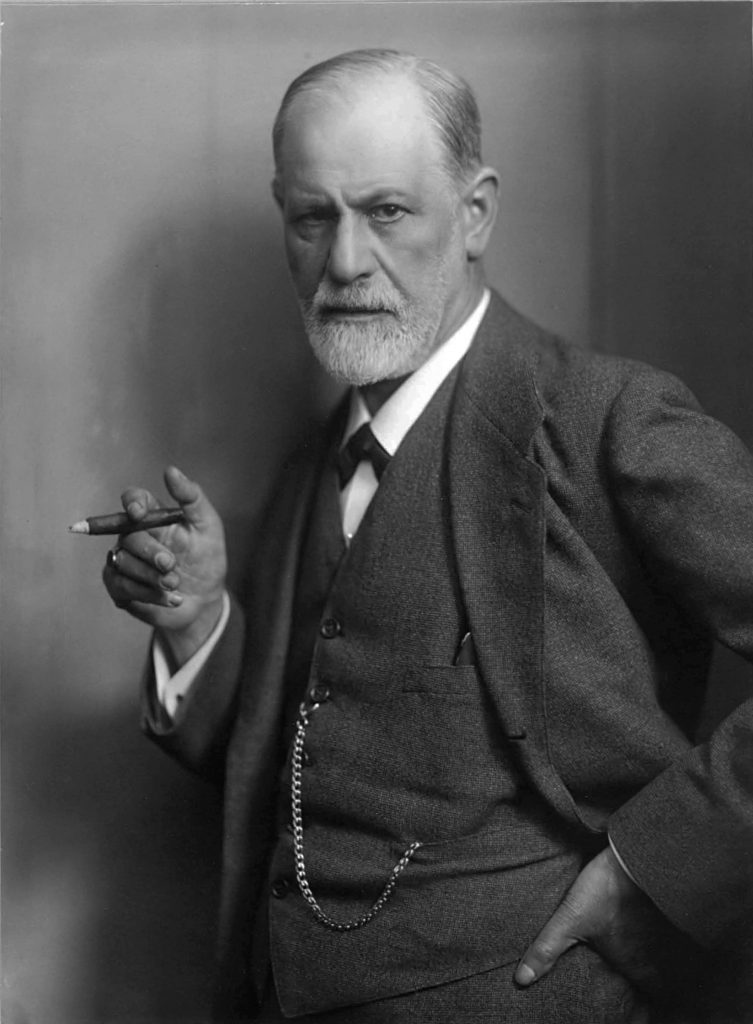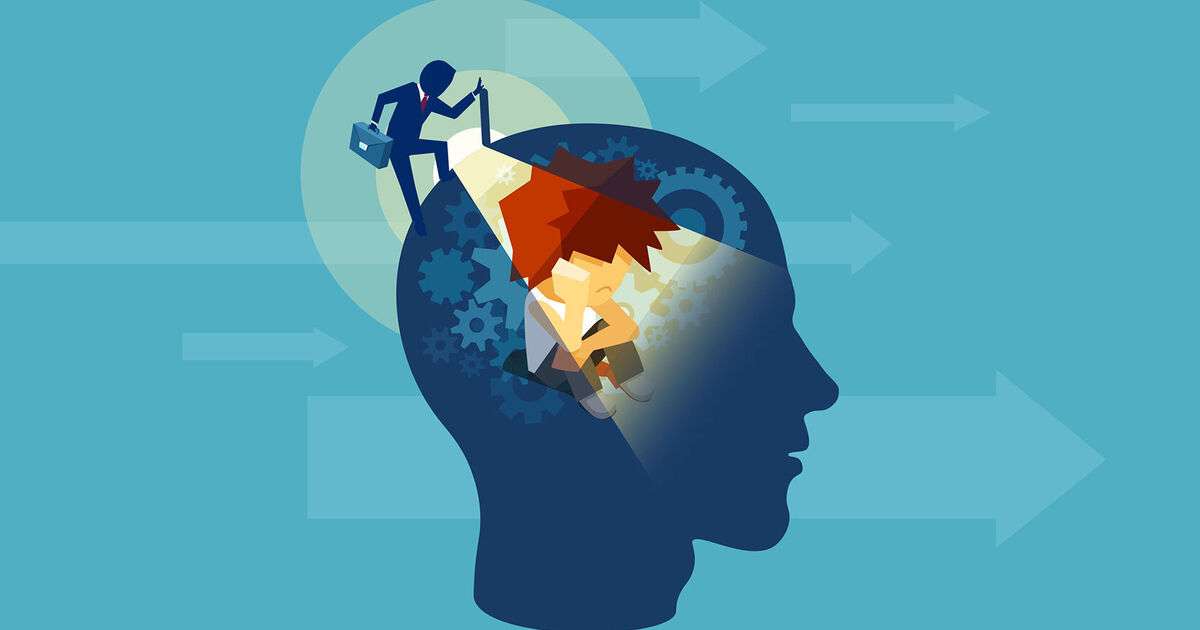Introduction
What is the psychoanalytical/psychodynamic perspective? This perspective relates to an understanding of the past and the way it impacts an individual. The AP® Psychology test is going to have a section on this perspective and you will need to understand the basics.
Defining the Psychoanalytical/Psychodynamic Perspective
The psychoanalytical/psychodynamic perspective relates to not just the behavior that an individual engages in, but why they engage in it. According to this perspective, there is a reason for everything an individual does and it is related directly to something that has occurred in that individual’s past. By understanding the incident that occurred in the past, it is possible to learn a way to overcome it in the present. This is the basis of understanding the psychoanalytical/psychodynamic perspective.
That doesn’t seem so difficult right? Well it’s not. This is actually a rather simple perspective to understand. The basics are something in the past causes something in the present. If you understand that, then you are already a good way towards understanding this theory and getting a good score on this part of your AP® Psychology test. Of course, there is a bit more to it than just that (at least there’s more you’ll need to be able to do in order to get that high score you’re looking for). You need to understand how to apply this theory and you’ll need to know more about where it came from.
Founders of The Psychoanalytical/Psychodynamic Perspective

Sigmund Freud founded the idea of psychoanalysis, which has evolved into the psychoanalytical/psychodynamic perspective. He believed that unconscious thoughts or motivations of an individual would directly correlate with the way they behaved in their conscious actions. Therefore, if an individual underwent trauma in their childhood, it would affect the way that they behaved throughout their adult life. The memory from childhood could potentially be positive or negative and still affect the individual in a negative way.
By delving into the unconscious mind, Freud believed one could unlock those unconscious memories and motivations. By doing so, it would be possible for the individual to overcome problems that were expressed through depression or anxiety disorders. Freud believed that it was necessary to unleash all of those repressed thoughts and feelings in order to become a healthy, fully functioning adult.
Examples of The Psychoanalytical/Psychodynamic Perspective
The psychoanalytical/psychodynamic perspective may seem simple in theory but here are a few examples of it in practice to help you understand what it really means:
Example 1:
Jennifer was physically abused as a child. Her father would get very mad at her whenever she would not do something he had asked of her. Sometimes he struck her with his hand and sometimes with a belt. Jennifer would get very upset when this happened and withdraw into herself. She would strive to do everything she could to make him happy the next time he asked her to do something.
Now, Jennifer is an adult. She is married and has a house of her own. One day, her husband asked her to pick up a cake at the store for him to take in to work. Jennifer was busy at work and forgot to stop on her way home. When her husband gets home, he asks where the cake is and Jennifer realizes she forgot to get it.
Based on the psychoanalytical/psychodynamic perspective, Jennifer would react to her forgetfulness in the same way that she used to react when her father would ask her to do something and she forgot to do it. She would likely retreat into herself and work hard to become“better”.
For her husband, this would likely be a confusing reaction. Even if he were angry that she forgot, he would not expect her to react in this way. Jennifer, being withdrawn, would not explain to him why she didn’t get the cake or why she is suddenly withdrawn.
Over time, this can cause a rift between the two of them. Without facing up to the thoughts and experiences she had as a child, Jennifer would not be able to have a healthy relationship with her husband.
Example 2:
When Mark was young, his mother left the family. She never told him she was going to leave.But one day, when he got home from school, she wasn’t there. His father would tell him that she was a selfish person and that she abandoned them. He told Mark that all women would leave eventually and that you should never get attached to one because they would not stay.
Now, Mark is a carefree bachelor. He is going on 30 and even though his friends are all settling down, Mark can’t find a woman he wants to spend his life with. He thinks he wants to start a family but always finds himself pushing women away when he starts to feel close to them.
Because Mark was told as a child that all women will leave, he is afraid to fall in love. He doesn’t want to get too attached to a woman because, based on his past, he believes that any woman that he would love will eventually leave him.
In order to overcome this feeling, Mark must revisit his past and consider the events that occurred when he was younger. He will have to think about his mother leaving and will need to consider what it means for his future. Until he learns that not all women are going to leave, or becomes willing to take the risk, he will not be able to settle down and have a family.
Example 3:
Megan and Kelsey are sisters who have grown up in the same household. When they were young, Kelsey fell out of a tree and broke her leg. It never healed properly and she has walked with a limp ever since. Megan was with her when the incident happened and watched her fall though she was able to climb out of the tree safely herself.
Now, the two are adults. Kelsey is not affected by her fall (other than the limp) but Megan is afraid of heights. She finds herself terrified of tall buildings, bridges and has never climbed trees again. She worries every time her children climb on the playground or if they attempt to climb the tree in their backyard.
Because Megan witnessed the fall that changed Kelsey’s life, she is incapable of removing the fear that it will happen in her own life. She understands that the injury occurred because of the height of the fall and this has impacted her greatly.
Until Megan is able to understand that the fall is no one’s fault and that Kelsey is okay, she will not be able to overcome her own fear of heights. The psychoanalytic/psychodynamic perspective would tell us that the incident that she witnessed in her past led to her current fear.
Finding More Information on Psychoanalytic/Psychodynamic Theory
If you’re looking for even more information on this theory, you may want to check out Barrons AP® Psychology 6th Edition. This is the most recent edition of the book which is inexpensive and also has an option for supplementary flashcards. This is considered one of the best prep books available and the cards have the distinct advantage of being easy to carry around.
This book contains a lot of information about the many theories in psychology which includes psychoanalytic/psychodynamic theory as well as a variety of other theories. You’ll also find definitions of commonly used terms, practice tests and free response questions that you can practice with. A large number of AP® Psychology students have used this tool and recommend it for others looking to get a 5 on their test. If you prefer online resources, you may want to consider Albert.io’s Guide to AP® Psychology.
Conclusion
Psychoanalytic/psychodynamic perspective is based on a belief that the past will dictate the future. In order to fully understand this theory, it’s important to understand that the way a person acts is a direct reflection of an experience they had when they were younger. It doesn’t have to be a childhood experience. It could be an experience from earlier in adulthood. It may even be an experience that was witnessed and not experienced personally.
One thing is certain when you’re studying for your AP® Psychology test: this theory will definitely be on it. As you begin your AP® Psychology review, remember these key points:
Behavior is directly related to the past
1. Unconscious must be made conscious to resolve the problem
2. Sigmund Freud is the founder of psychoanalysis
Obviously, the more information that you are able to remember, the better you will be able to do. Remembering the basics will enable you to get a decent score and likely allow you to get at least a passing score of 3. If you’re looking to get a 5, you’ll want to remember as many nuances as possible. This exam includes an essay portion and the more in depth information you are able to provide on your essay, the better the score you will receive.
By the way, you should check out Albert.io for your AP® Psychology review. We have hundreds of AP® Psychology practice questions written just for you!




